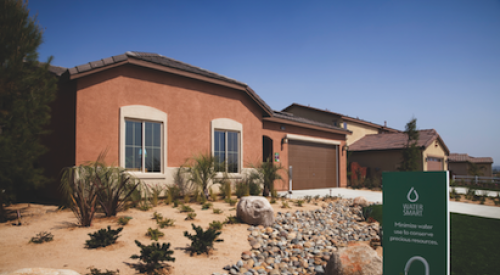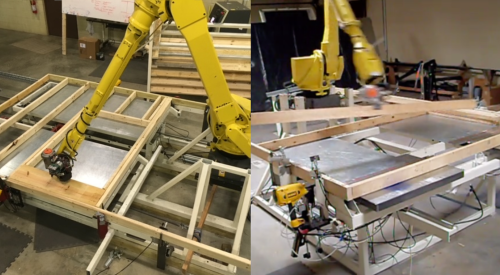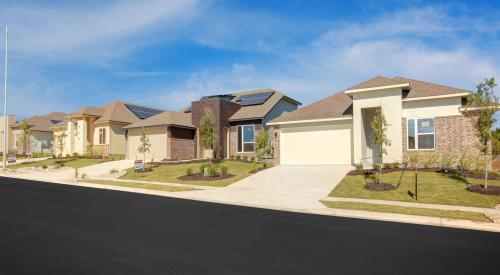Our industry has a long history of resisting change and innovation, but that inclination to sell and build houses as we always have seems to finally be falling away.
We’re not on the leading edge, but housing is nonetheless caught up in waves of the New Economy. Innovations are sweeping the industry that promise to reduce site labor, shorten build times, streamline scheduling and production, and open new avenues for selling homes electronically. Ignore these changes at your own risk. The new builder we profile in this series will be a leader, not a follower, in these Technology Wars.
In this fast-changing world, the biggest builders may actually be at a disadvantage on the technology battlefield. They are driving tanks that are hard to maneuver. Big builders are in the mass-production business. They can’t afford to test innovations that will slow their production machines.
Small and midsize production builders have more flexibility to test innovations. And when they find one that works, they can develop a system, refine it and get up to production speed faster than the big boys. Ron Mustari’s Whitehall Homes in Sarasota, Fla., shows how this type of innovation can work.
Mustari has been testing various construction materials and methods during the past several years as he geared Whitehall up to do 105 units this year for $16 million in revenue. Next year, he plans to close more than 200 units as Whitehall opens two new communities, including one in Naples, Fla., where prices will start at $500,000.
Mustari is not shy about innovating: "We always want to do something different. If you just build houses the same old way, eventually you’ll fail."
Whitehall’s current development in Sarasota, Avalon, offers duplex units called "paired villas" of 1,600 to 1,800 square feet, priced from $140,000 to $180,000. In a market where concrete-block construction is standard, Mustari builds using solid blocks of autoclaved, aerated concrete. This European wall system offers much lower sound transmission between the duplexes and much higher insulation values.
"A few years ago, when we were first testing these aerated block walls, we built three of those houses and three of exactly the same plans from conventional concrete block. The aerated block houses used less than half as much energy to heat and cool. That’s a savings of $800 to $1,500 a year. The aerated block adds between $1,500 and $3,000 to the price of one of our paired villas. So our buyers can make that back in just a few years.
"That’s the kind of benefit I want to sell," says Mustari.
Mustari continues to test other technologies as well, including tilt-up concrete walls. "We’ve had some arrows in our backs. Labor is a problem. A lot of block masons are unfamiliar with the aerated block product. It uses a thin-set mortar that’s very different. So there’s a training curve. In a production building environment, without a lot of custom changes, we’ve been able to get our production up and the price differential down. The aerated blocks are actually easier to work with than conventional because they are a lot lighter."
Washington, D.C.-based consultant Steve Winter is a leading advocate of improving building methods and technology. He is now chairman of the U.S. Green Building Council and also works with the Department of Housing and Urban Development on the Partnership for Advancing Technology in Housing. Winter says wall systems like the one Mustari is using are only the tip of the new technology iceberg.
"Framing, mechanical, plumbing and electrical systems for residential construction are all in a state of rapid evolution, and the biggest breakthroughs are yet to come," Winter says. "We’re finding ways to build more economically and yet produce houses of greater quality.
"The trouble is, builders fear innovative materials, systems and construction methods. They think competitors will convince buyers that the new way is actually inferior and that the innovative builder is just cutting corners at the buyer’s expense.
"They also worry that they won’t be able to assure themselves of adequately trained labor to do the work. And it really is true that trade contractors put up huge resistance to any change. But change is coming. Steel framing, insulated concrete form systems and the aerated block Mustari is using are finding acceptance in the market.
Big builders are hard-pressed to keep up with this change, says Winter. "There’s a lot of opportunity for midsize builders."
Certainly, Mustari believes his future is brighter when tied to aggressive use of new construction technologies. If you are a new builder, gearing up to be a market leader, this is one way to establish a quality brand and make your name and product stand out.












